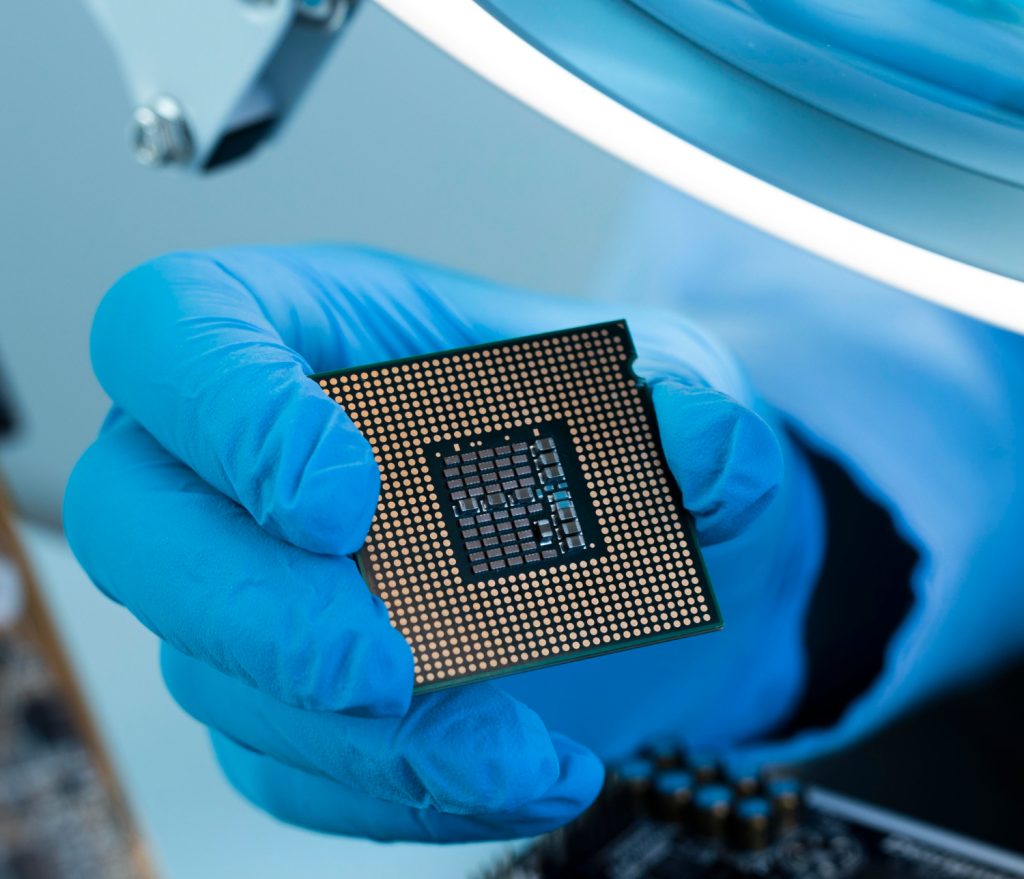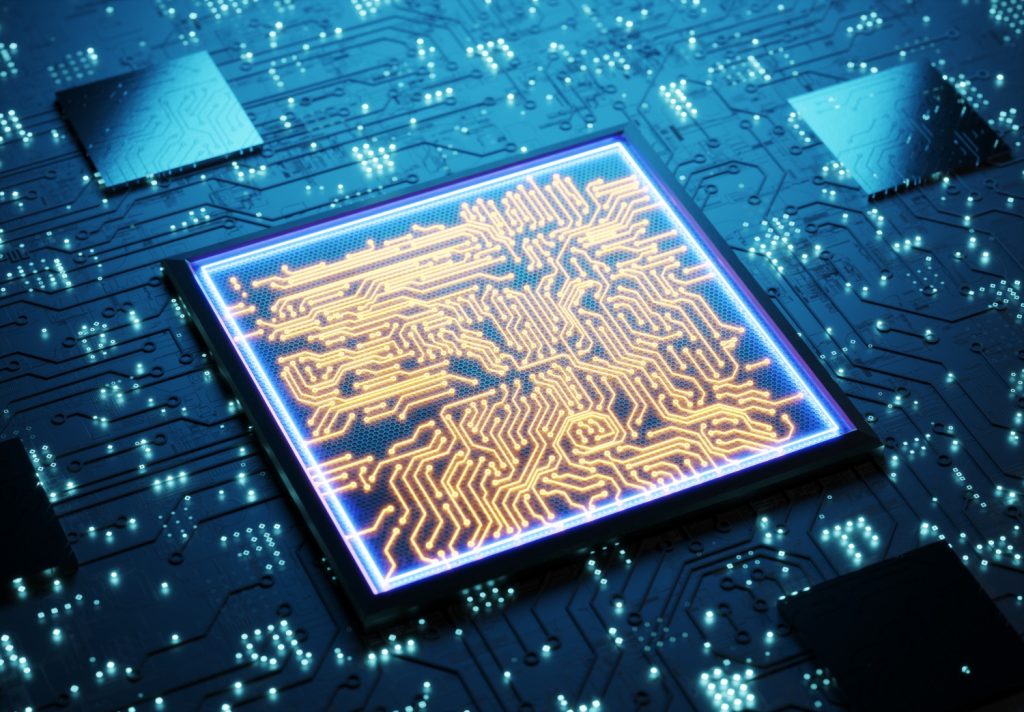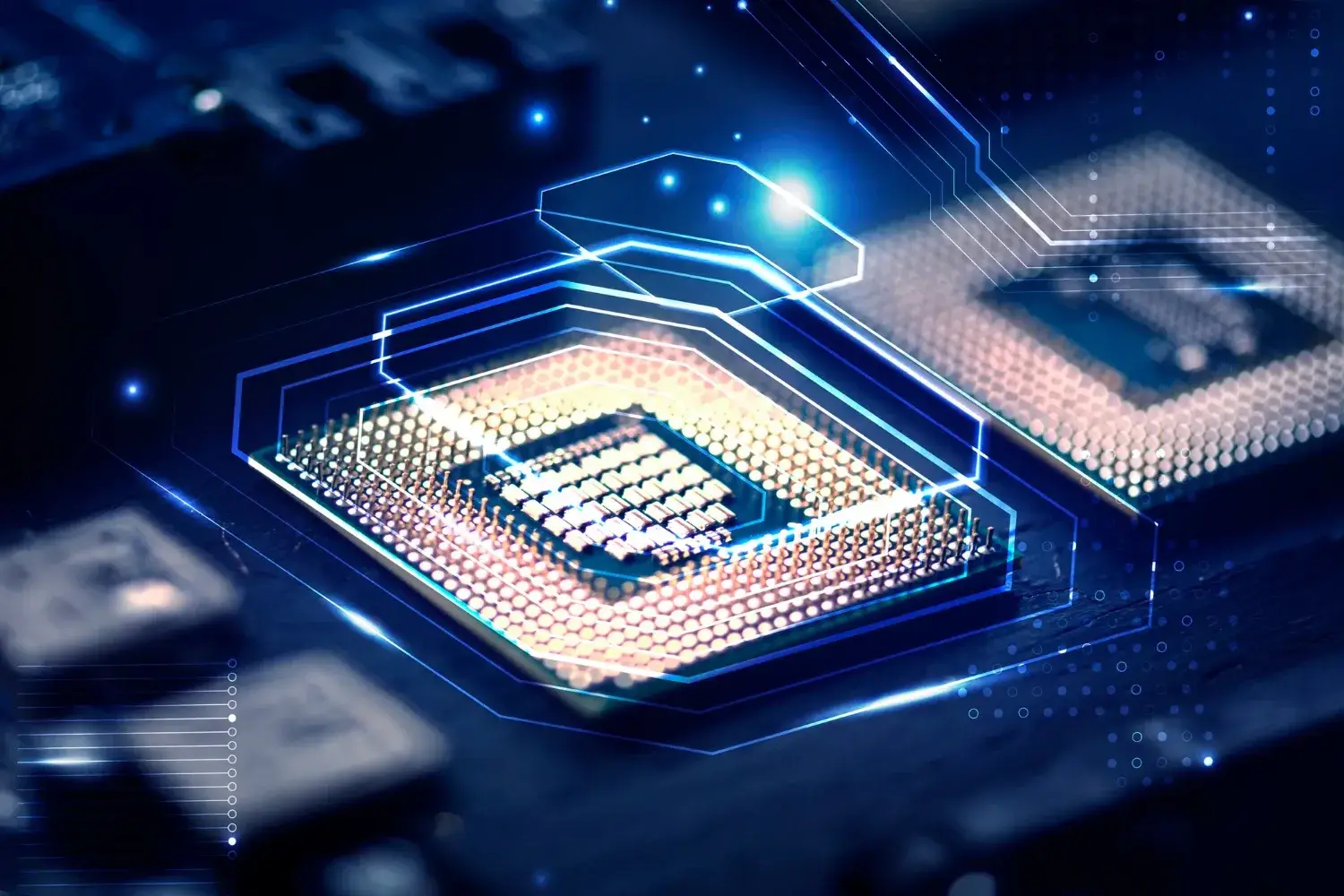The quantum computing landscape has long been characterized by cautious optimism underpinned by formidable technical hurdles: qubit coherence, error correction, and scalable manufacturing. Over the past decade, leading research labs and startups have demonstrated ever-larger quantum processors, yet few have approached the elusive goal of a million-qubit machine. Today, PsiQuantum announced a milestone that promises to reshape those boundaries: the commencement of mass production of photonic chips designed for modular quantum computers scalable to over one million qubits. By marrying cutting-edge silicon photonics with room-temperature operation and chip-scale integration, PsiQuantum aims to leap past incremental improvements and deliver hardware capable of tackling problems in chemistry simulation, materials discovery, and cryptography that remain out of reach for classical and near-term noisy intermediate-scale quantum (NISQ) systems. This achievement represents not only a triumph of interdisciplinary engineering—spanning photonics, microfabrication, and quantum error correction—but also signals the dawn of commercially viable quantum computing platforms. As these photonic chips roll off the production line, the industry must rethink performance benchmarks, software stacks, and the economic models that will drive adoption of genuinely large-scale quantum machines.
The Significance of Photonic Chips in Quantum Computing

Photonic quantum computing harnesses particles of light—photons—as information carriers, rather than superconducting currents or trapped ions. This approach offers distinct advantages: photons can propagate through optical fibers with minimal loss, enabling straightforward qubit interconnects and networked architectures. Unlike systems that require millikelvin temperatures, many photonic designs can operate at or near room temperature, dramatically reducing cryogenic complexity and operational cost. Moreover, silicon photonics leverages well-established fabrication techniques from the semiconductor industry, allowing for high-volume production and tighter device uniformity. PsiQuantum’s photonic chips integrate thousands of optical components—waveguides, beam splitters, phase shifters, and single-photon detectors—onto a single silicon wafer using deep-UV lithography. This level of monolithic integration shrinks system footprint, improves thermal stability, and lays the groundwork for replicable manufacturing. By shifting to photonics, PsiQuantum not only sidesteps many scaling bottlenecks of other modalities but also builds on decades of telecom-grade silicon photonics innovation, positioning itself to deliver quantum processors at scales previously deemed impractical.
PsiQuantum’s Photonic Qubit Architecture
At the heart of PsiQuantum’s design lies a deterministic photon-pair source that generates high-fidelity entangled photon states on demand, combined with a reconfigurable interferometric network for quantum logic. Each photonic qubit is encoded in the presence or absence of a photon within a dual-rail waveguide, while entangling operations occur through controlled interference and measurement-based feedforward protocols. The architecture employs time-bin multiplexing and optical delay lines to reduce active component counts, with qubit operations orchestrated by ultrafast electronics synchronized to sub-picosecond precision. Crucially, error correction is achieved via a topological cluster-state model, wherein large three-dimensional lattices of entangled photons enable fault-tolerant computation. PsiQuantum’s chips embed error-correction primitives directly into the photonic circuits, leveraging high-yield fabrication to ensure component uniformity. By integrating electronics for photon detection and feedforward control on the same substrate, the company minimizes interconnect losses and latencies. This co-design of photonics and electronics underpins a scalable qubit array that can tile across multiple chips, forming the basis for million-qubit modules.
Scaling to a Million Qubits: Challenges and Solutions
Reaching a million-qubit threshold demands overcoming classic engineering challenges: component yield, thermal management, and error-correction overhead. Even with mature silicon-photonic foundries, individual waveguide losses and detector inefficiencies compound across large circuits. PsiQuantum addresses this by partnering with leading fabs to implement redundant circuit designs and in-line monitoring structures that allow post-fabrication trimming of imperfections. Thermal fluctuations are mitigated using on-chip thermo-electric coolers and integrated microfluidic channels that hold junction temperatures within tight tolerances. On the algorithmic front, the use of surface-code-style error correction necessitates thousands of physical qubits per logical qubit, inflating chip-level requirements. PsiQuantum’s innovation lies in optimizing cluster-state generation to reduce overhead: by employing high-rate photon sources and low-latency feedforward, the company can collapse error-correction cycles and shrink resource demands. Modular assembly techniques—whereby individual photonic chips are interconnected via high-bandwidth optical waveguides—enable a distributed architecture that scales linearly with each added module. Together, these hardware and software strategies form a comprehensive roadmap to that coveted million-qubit regime.
Manufacturing Breakthroughs and Mass Production
Mass production of quantum-grade photonic chips represents a paradigm shift from laboratory prototypes to volume manufacturing. PsiQuantum has equipped its partner silicon-photonics foundries with specialized processing modules for ultra-low-loss waveguide etching, high-efficiency grating couplers, and precisely aligned flip-chip bonding of superconducting nanowire single-photon detectors. Automated optical characterization stations now test each chip’s transmission, phase-stability, and detector response in under five minutes, providing real-time feedback loops to adjust fabrication parameters. By employing advanced process control—and leveraging machine-learning models trained on thousands of pre-production wafers—PsiQuantum achieves yields exceeding 80 percent for chips that meet stringent quantum coherence thresholds. The company’s production line spans multiple 300-mm wafer runs per shift, dwarfing the throughput of any existing quantum device manufacturer. This level of scale reduces per-chip costs dramatically, enabling deployments in national labs, cloud-service providers, and enterprise R&D budgets without prohibitive capital expenditure.
Potential Applications of Million-Qubit Photonic Computers
A quantum computer with millions of qubits opens doors to transformative applications. In materials science, simulating complex molecular interactions for catalysts or high-temperature superconductors becomes tractable, accelerating the discovery cycle from years to months. In pharmaceuticals, million-qubit processors can model entire proteins and solvent interactions at unprecedented fidelity, enabling prediction of drug efficacy and side-effect profiles before physical trials. Optimization problems—ranging from logistics routing to energy-grid balancing—benefit from quantum-accelerated heuristics that explore solution spaces far more efficiently than classical algorithms. Furthermore, novel quantum machine-learning models trained on large datasets can identify patterns in financial markets, climate data, and genomics with greater accuracy, unlocking insights that remain hidden today. Cryptographic impacts are profound: large-scale quantum systems could eventually break widely deployed public-key protocols, spurring the transition to quantum-resistant schemes. Even in fundamental science, simulating lattice gauge theories or black-hole dynamics at scale stands within reach, potentially yielding new physics discoveries. The arrival of mass-produced photonic chips thus sets the stage for real-world quantum advantage across diverse domains.
The Future of Quantum Computing and Industry Impact

PsiQuantum’s leap into mass production catalyzes a new phase in the quantum ecosystem. As photonic chips become commoditized, software developers will shift focus to optimizing compilers, error-mitigation techniques, and hybrid quantum-classical workflows tailored to large qubit counts. Cloud-service giants may integrate quantum-photonic modules into their data centers, offering pay-per-use access to researchers worldwide. National funding agencies and consortia will likely accelerate investments in quantum workforce development, ensuring a pipeline of skilled engineers and algorithm designers. Meanwhile, regulatory frameworks must adapt to the security implications of pervasive quantum computing, balancing innovation with safeguards for cryptographic infrastructure. Competitors in superconducting and trapped-ion modalities will respond by bolstering their own yield and integration roadmaps, spurring healthy industry-wide competition. Ultimately, the widespread availability of million-qubit photonic computers heralds a tipping point: quantum technology transitions from specialized R&D to a mainstream computational paradigm, set to redefine what is computationally feasible across science, industry, and society.







Leave a Reply